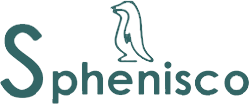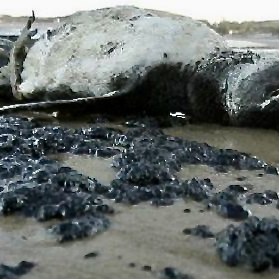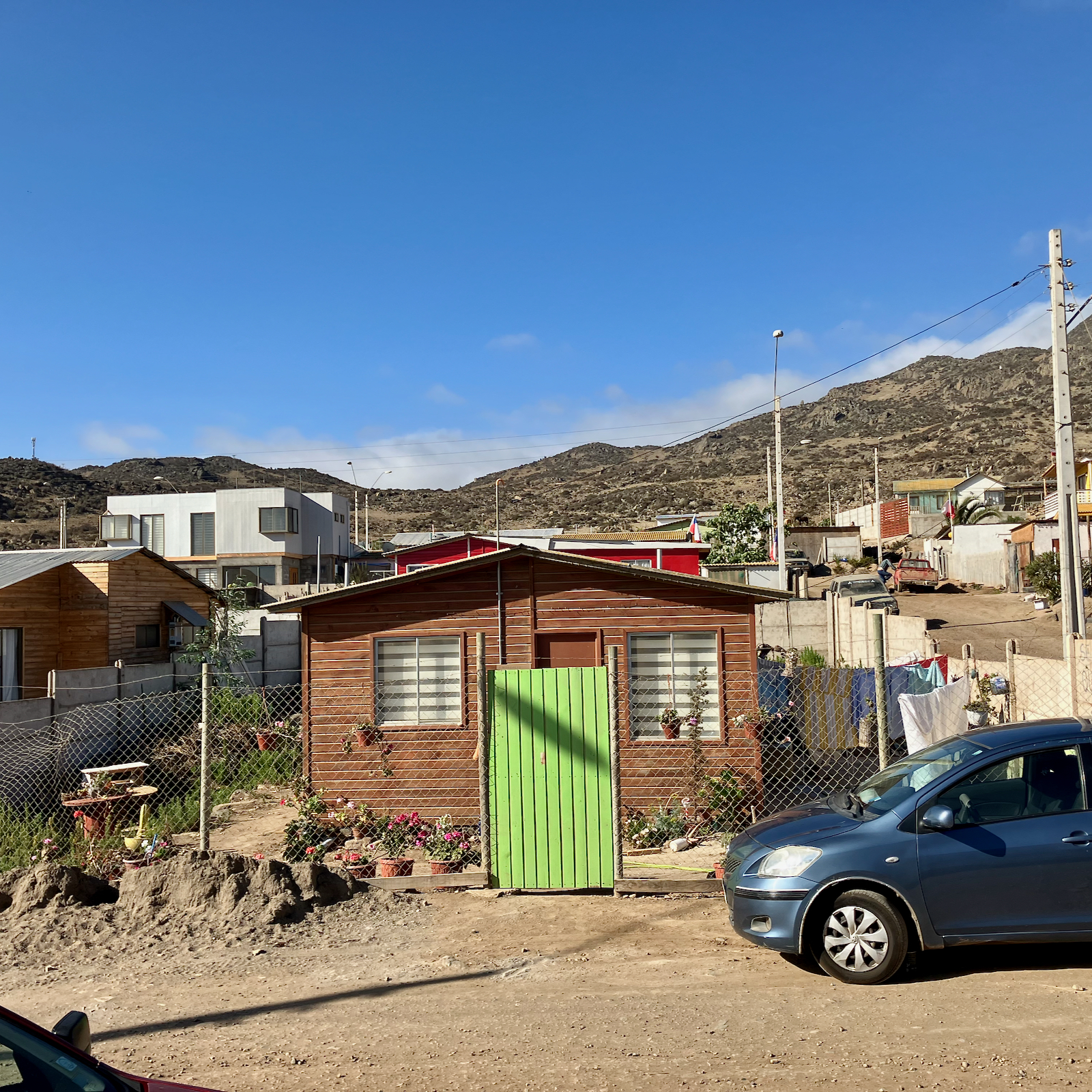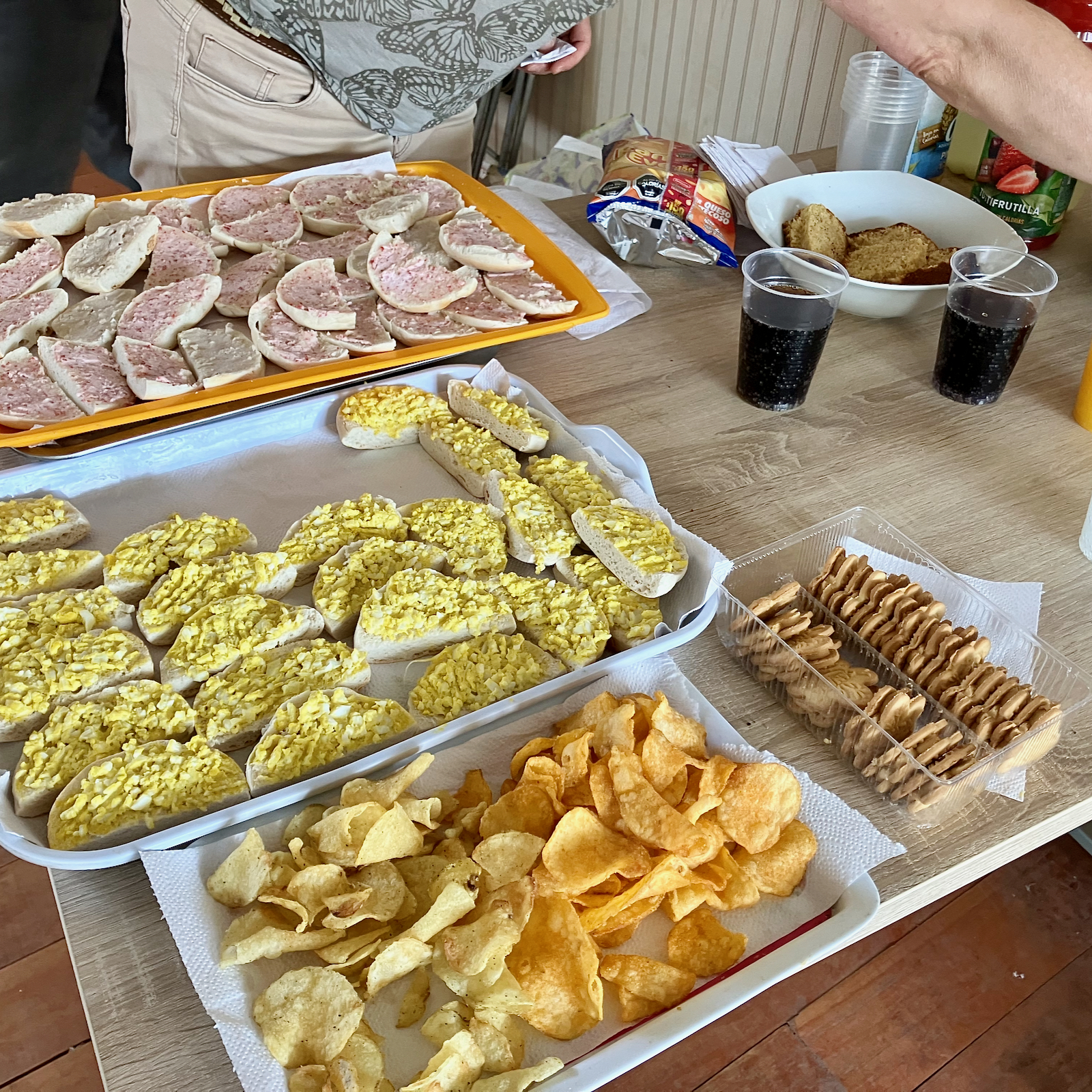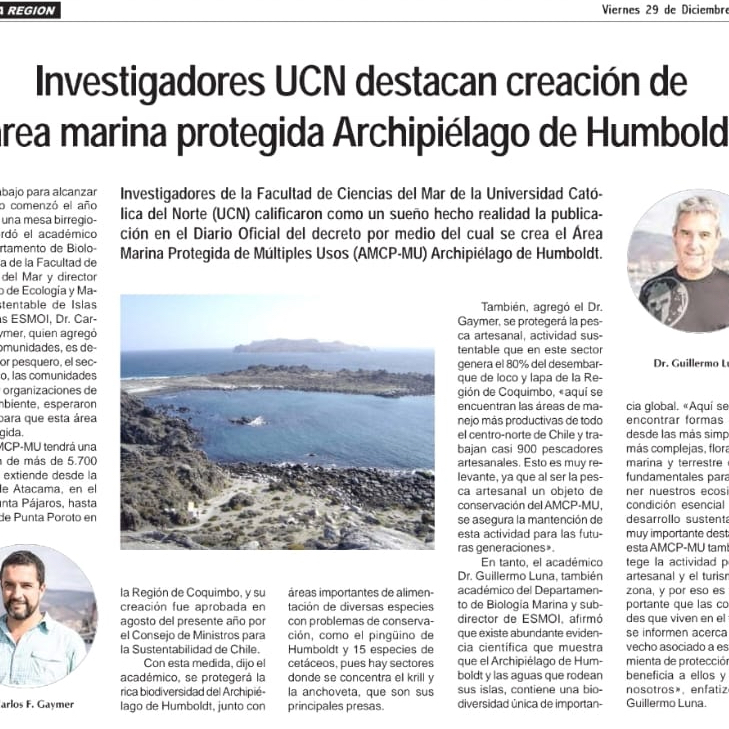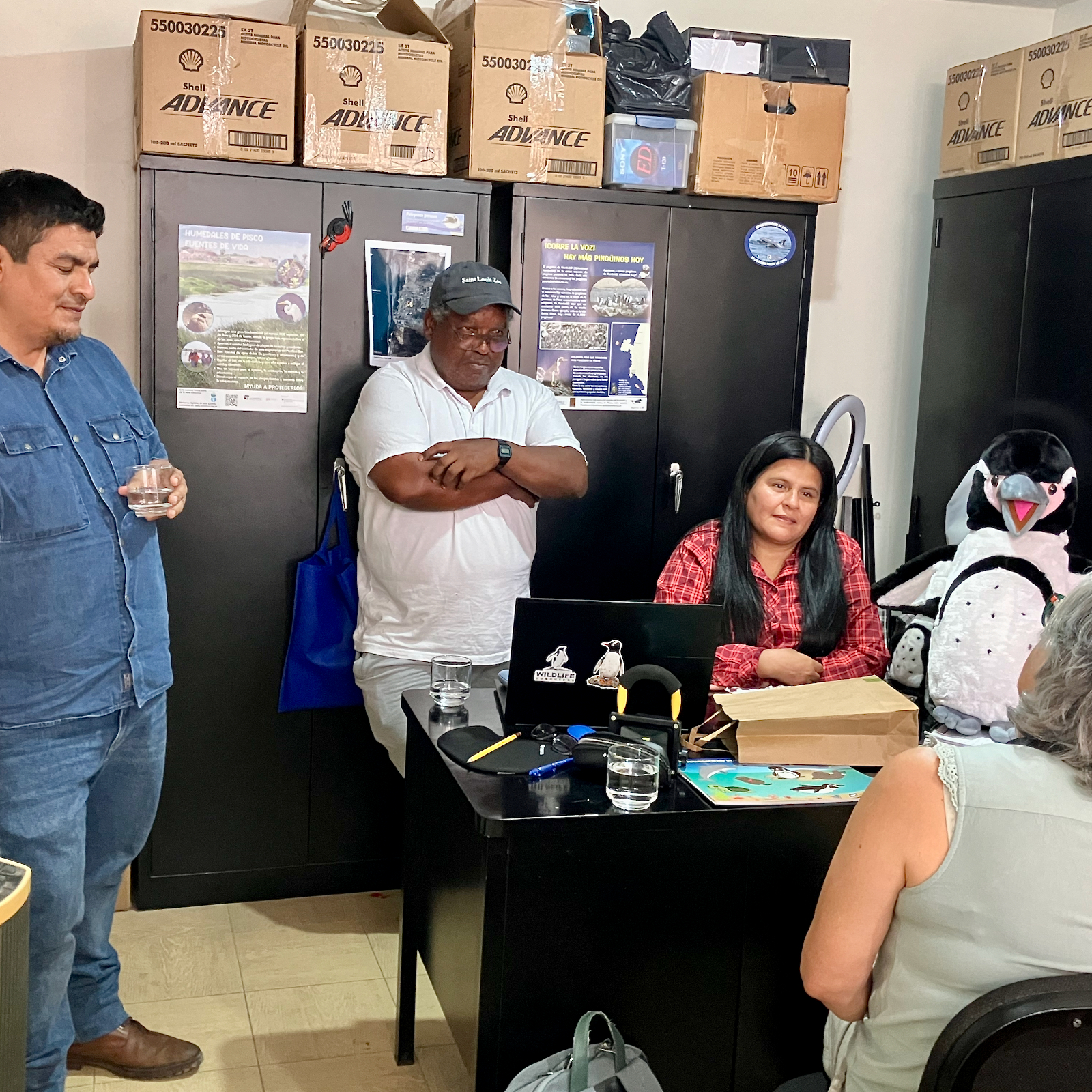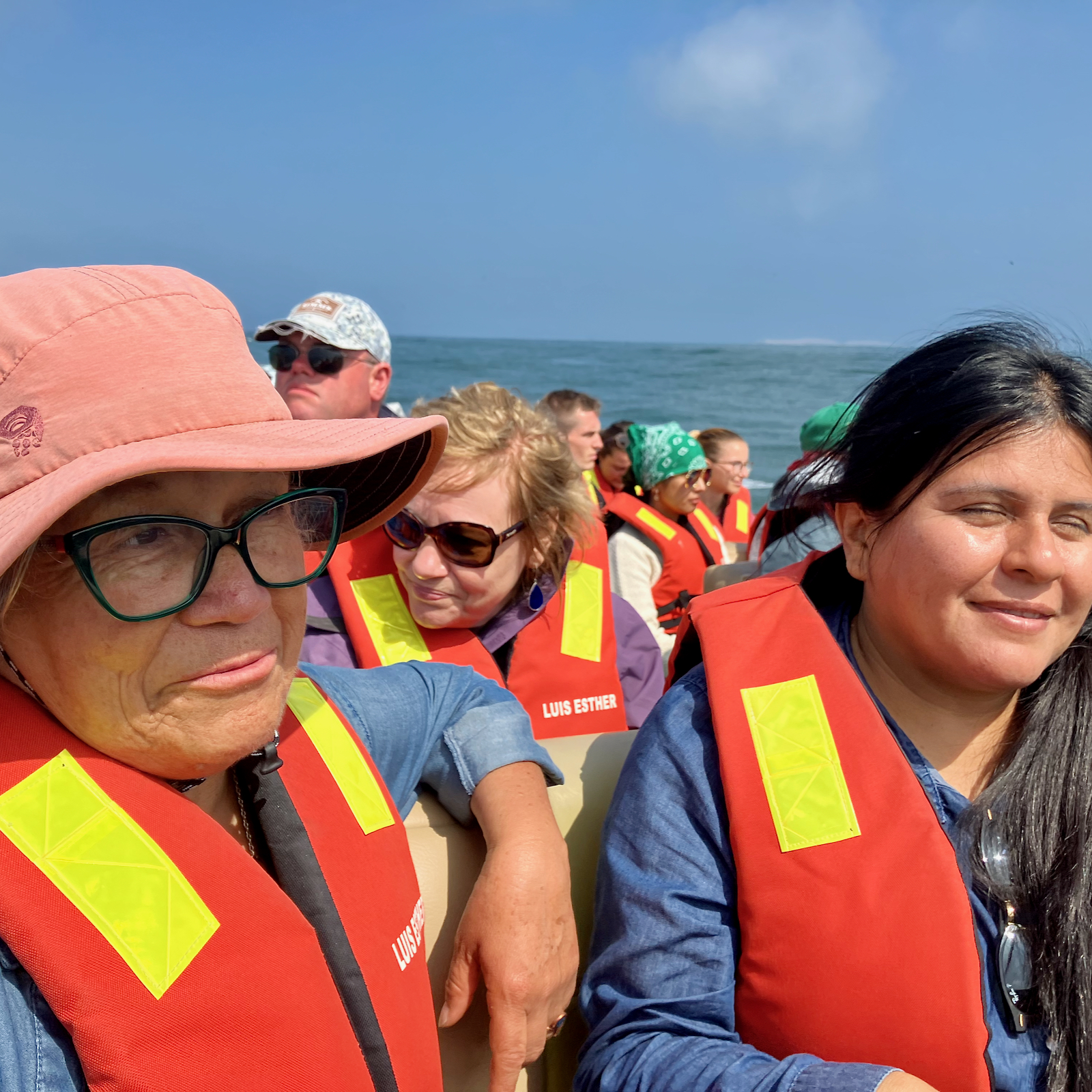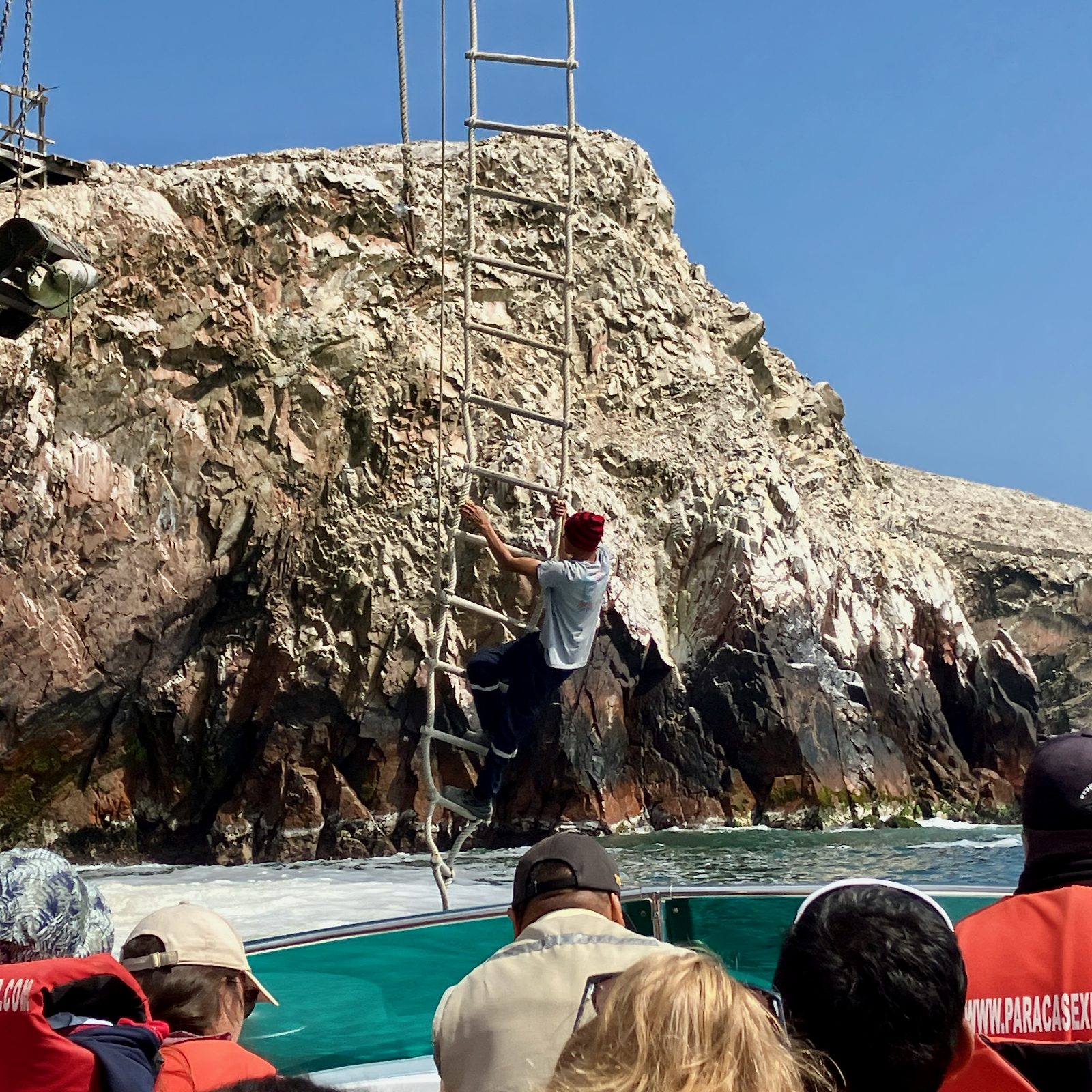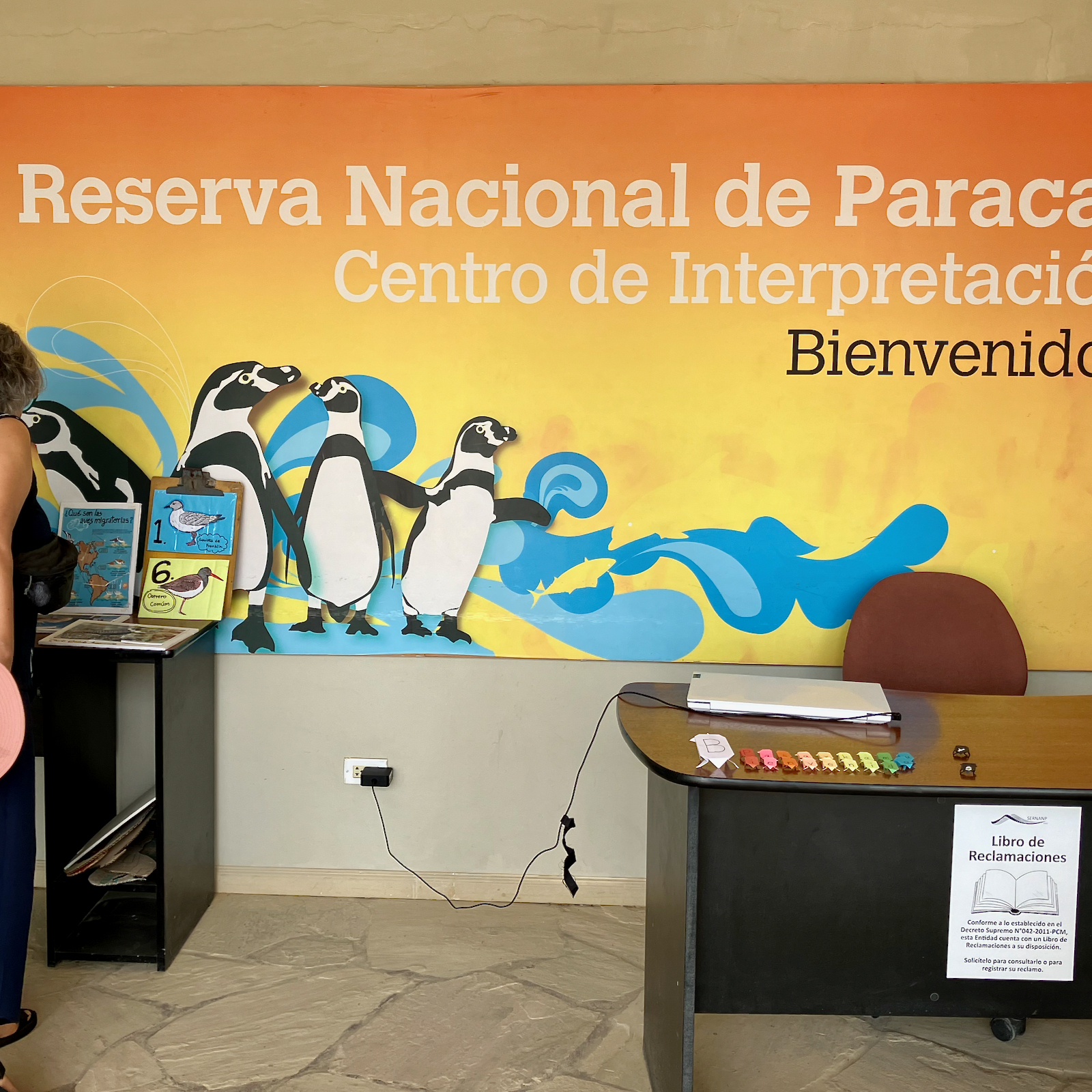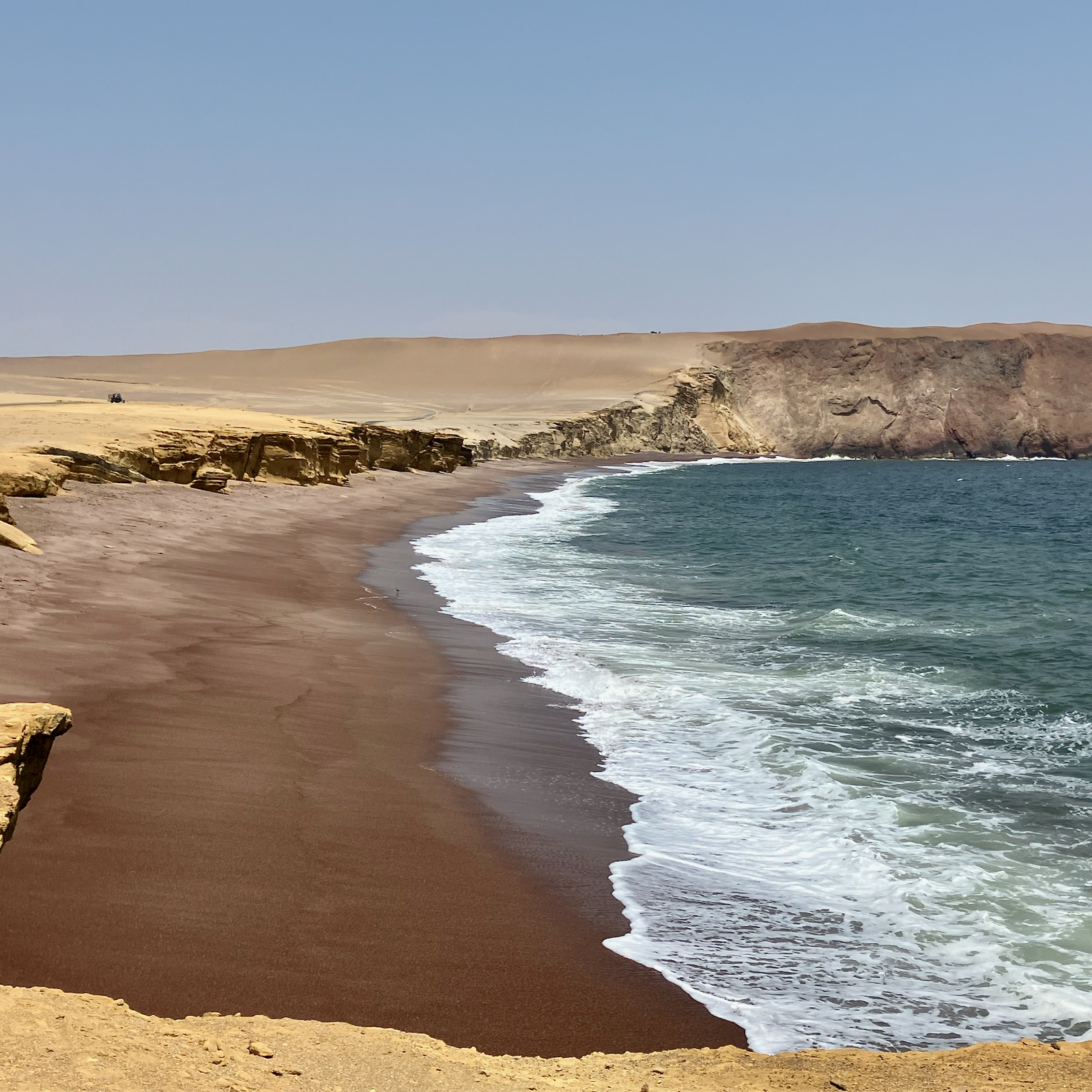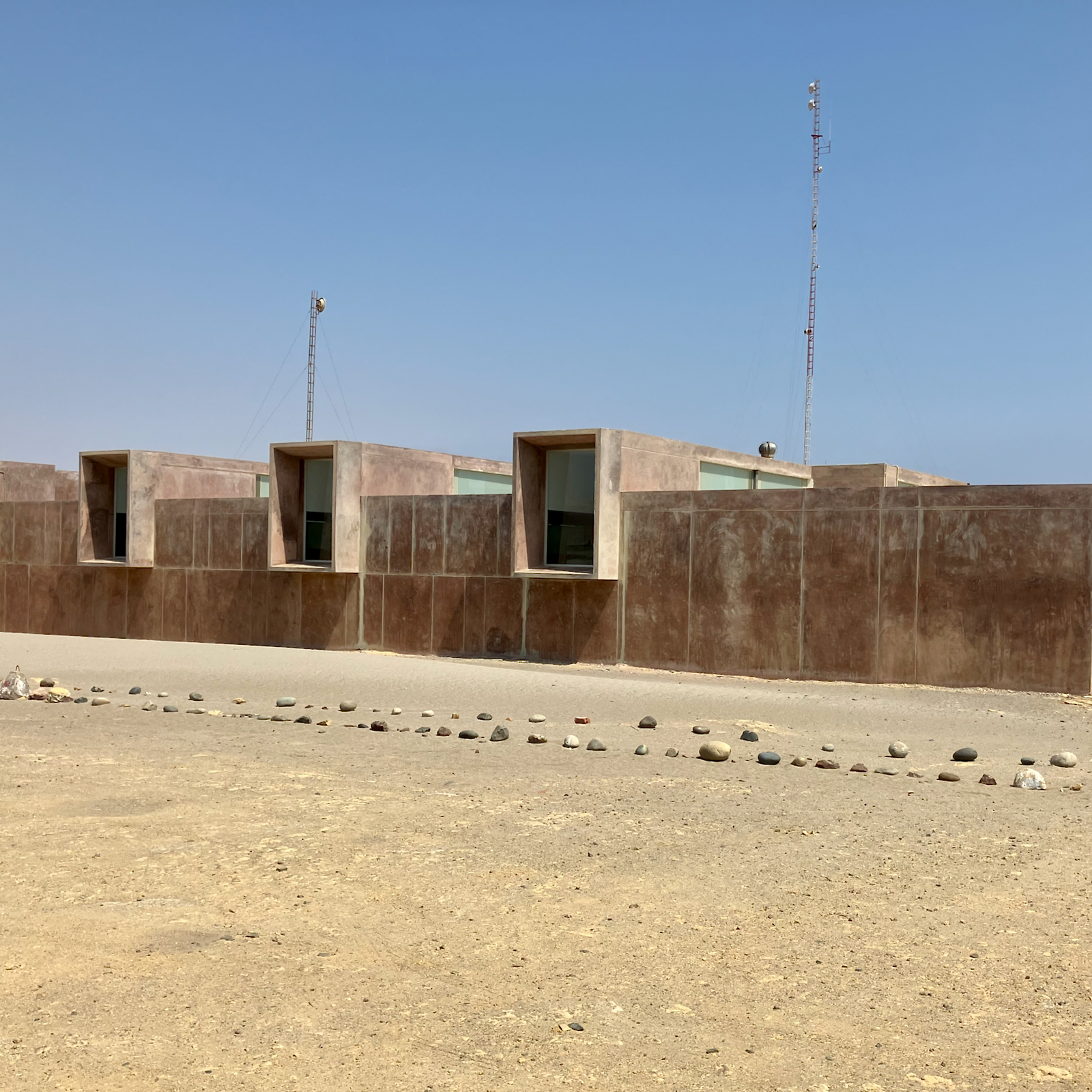Landau, 4th February 2024
C H I L E
+++Loser of the year 2023+++
Humboldt penguins in Chile and Peru have been suffering from bird flu and El Niño for months. According to the WWF, they are therefore among the losers of 2023. Sernapesca (Chilean fishing authority) reported the discovery of 3,000 dead animals in November. This corresponds to around one third of the population. In view of this horror story, it is comforting that Humboldt penguins have the ability to reproduce more strongly after such disasters. In Peru they breed all year round, in Chile not just twice as usual, but three times. It is currently unclear what the current losses mean for the survival of this penguin species.
+++Celebration in Chungungo+++
On 30 November, the Chilean government's decision to create a "multi-use marine protected area" (AMCP-MU) was published in the Official Gazette. Committed citizens celebrated this success with Sphenisco, represented by Nancy Duman, Karen Quezada and Werner Knauf, in the coastal village of Chungungo at the beginning of December. Over canapés and non-alcoholic drinks, the participants also talked about the personal motives behind their commitment to the protection zone and combined this with thanks to Nancy and Karen. Cheers to the marine protected area and the persistent commitment!
+++"Research for survival" in Chile+++
The research work started in 2022 was continued at the end of November. Due to El Niño, however, the investigations could not be carried out as planned. For example, counts were not carried out on all the main breeding islands, but only on 3 islands that are far apart from each other, in order to record the effects of El Niño in geographically distant marine regions. Alejandro Simeone's team determined the number of breeding pairs on the islands of Choros and Tilgo. On the island of Choros there were 1,732 unused nests at the end of November, only 4 nests were occupied by 2 Humboldt Penguins each, but they were not breeding (no eggs in the nest). A relatively large number of penguins were seen in the sea at Tilgo Island, even more than at Choros Island. But even here, some birds only used the island as a place to sleep at night. The food was only enough to survive, but not to feed the young.
The planned studies on foraging and foraging behaviour were not possible because the Humboldt penguins were not breeding.
El Niño is currently weakening. The researchers hope to be able to continue their research work as planned in May and June. The next counts are planned for October.
+++Doctoral scholarships+++
Werner Knauf's discussions with Dr Alejandro Simeone and Dr Guillermo Luna gave rise to the idea of offering doctoral scholarships for marine biologists at the universities Andrés Bello in Santiago and Católica del Norte in Coquimbo. Sphenisco is currently clarifying the conditions so that appropriate agreements can be made.
+++Litigation against the rejection of "Dominga "+++
On 20 and 21 December, the environmental court in Antofagasta, northern Chile, heard the case brought by Andes Iron against the Chilean government's rejection of its "Domimga" project (see "Projects Chile" of 19 January, 4 July and 19 August). At the hearings, the lawyers for all parties - Andes Iron, SEA (1) and the environmental movement - presented their arguments. The court did not comment, but appeared undecided.
The Environmental Court will announce its decision at an unknown date. This could be soon, but it may not be until September.
+++Researchers welcome marine protection zone+++
Following the decision in favour of the Humboldt Archipelago Marine Protected Area (AMCP-MU), the media in the Coquimbo region reported that numerous important institutions, including scientists from the University Católica del Norte (UCN), rejected the marine protected area. On 29 December, a correction appeared in the newspaper La Region. In the article, Dr Gaymer and Dr Luna, researchers from the Faculty of Marine Sciences at the UCN, welcomed the "Humboldt Archipelago Marine Protected Area" decree and described it as a dream come true.
The researchers also emphasised in the article that the AMCP-MU protects artisanal fishing and tourism in the region. It is therefore very important that the citizens living in the area are informed about the benefits associated with this protection.
P E R U
+++Meeting with the NGO Acorema+++
From 11 to 17 December, Nancy Duman and Werner Knauf visited the NGO Acorema in Pisco, southern Peru. After a long break, Acorema's projects, such as educational work in schools and communities in the region and planned research on breeding success on the Ballestas Islands, were finally discussed in person again.
On a boat trip to the Ballestas Islands, Nancy and Werner saw some Humboldt penguins despite El Niño, although they were not breeding. Senora Milagros Ormeno explained on site once again and very specifically how the breeding success surveys are carried out and that this is only possible on the cliffs with a drone, as otherwise the breeding colonies would not be damaged in an acceptable way.
During a visit to the Colegio José de la Torre Ugarte in Pisco, Peruvian teachers proudly demonstrated the high standard of environmental education at their school. After more than 20 years, reeducation at Colegio José has become part of the school's identity (see "Projects Peru" from 16 December 2023).
The Paracas National Protected Area, the peninsula of the same name with offshore islands, not only has a rich and ecologically valuable fauna and flora, but is also of great historical interest. At 3,350 square kilometres, the protected area is very large and serves to preserve an extremely dry, desert-like coastal landscape and the endangered plant and animal species that live there. In 1925, the Peruvian archaeologist Julio Tello discovered important evidence of the Paracas culture (9oo to 200 BC) on the Paracas Peninsula. The desert-like climate favours the preservation of organic materials. Artfully woven fabrics and the mummies wrapped in them have been preserved from shaft tombs and can be seen today in the Julio Tello Museum.
E U R O P E
+++Congratulations and Donations+++
The turn of the year is traditionally associated with wishes for the coming year. Sphenisco was also wished all the best and good luck in 2024 by partners and supporters. We would like to take this opportunity to say a big thank you!
In recent years, Sphenisco has been able to greatly expand its projects for the protection of Humboldt penguins and their habitat. This was made possible by many small and large donations.
At the turn of the year, Sphenisco received donations and financial support from Paultons Park England, Kathrin Ballenthin, Inka and Moritz Hartmann, Jürgen and Beate Elling, Olaf Goldbecker (charity calendar & steel figure "Penguin"), Vogelpark Marlow, Zoo Krefeld, Verein der Freunde des Tierparks Hagenbeck, Björn Ole Kniepkamp, Frankfurt Zoo, Matthias and Jacklyn Gratzfeld, Rostock Zoo, Elvira Hallauer, Zoo am Meer Bremerhaven and Garry York. We thank all donors and supporters!
W. K.
note
(1) SEA – Environmental Assessment Service
translated by Claudia Fawer



